Written & illustrated by Molly Bang, published by Scholastic Press
The picture book explores the intense feelings that come with anger and how children can learn to manage them. When Sophie feels overwhelmed, her body reacts in strong and noticeable ways: her face gets hot, her fists clench, and she feels like exploding. This allows students to describe what anger looks and feels like physically (AC9HPFP03 – Foundation Year, Health and Physical Education), helping them recognise emotional cues in themselves and others.
As Sophie removes herself from the situation, takes time to cool down in nature, and eventually returns feeling calm, the story models simple and effective emotional regulation strategies (AC9HP2P03 – Years 1 and 2, Health and Physical Education). These moments provide powerful prompts for children to reflect on their own ways of calming down and regaining control during emotionally charged moments.
When Sophie Gets Angry — Really, Really Angry is a gentle yet impactful resource for developing emotional literacy, supporting children in identifying and managing their big emotions in healthy ways.


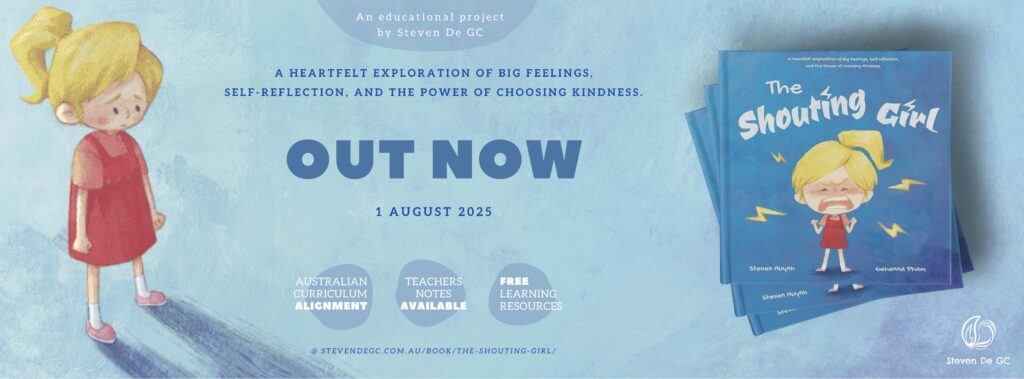
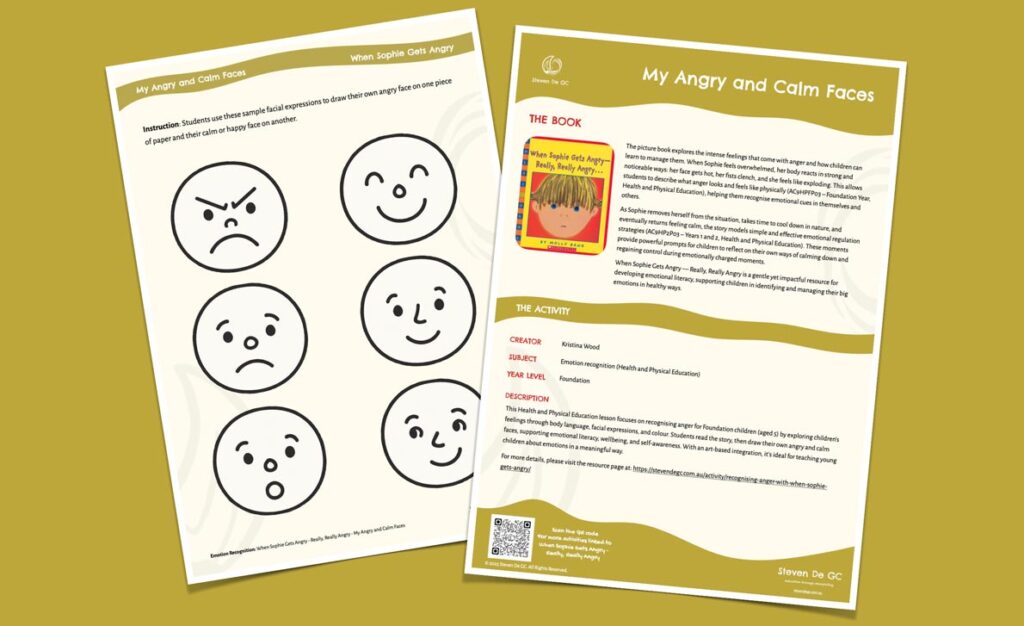
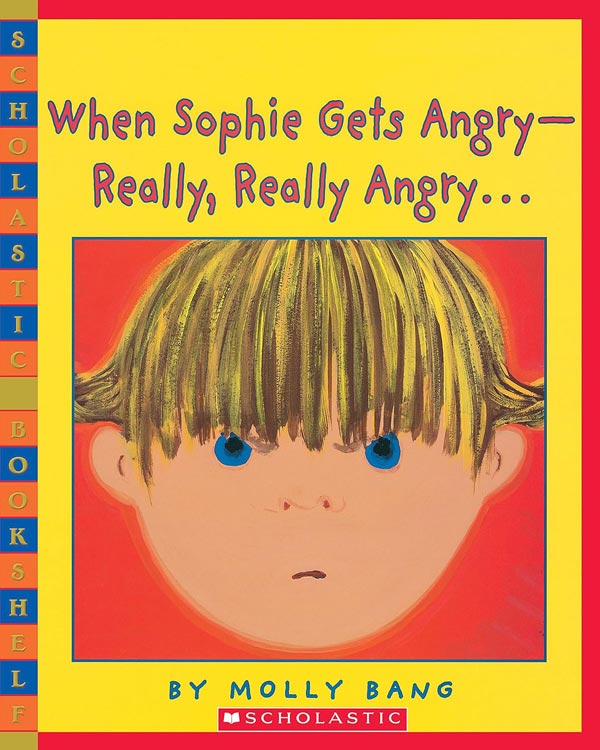
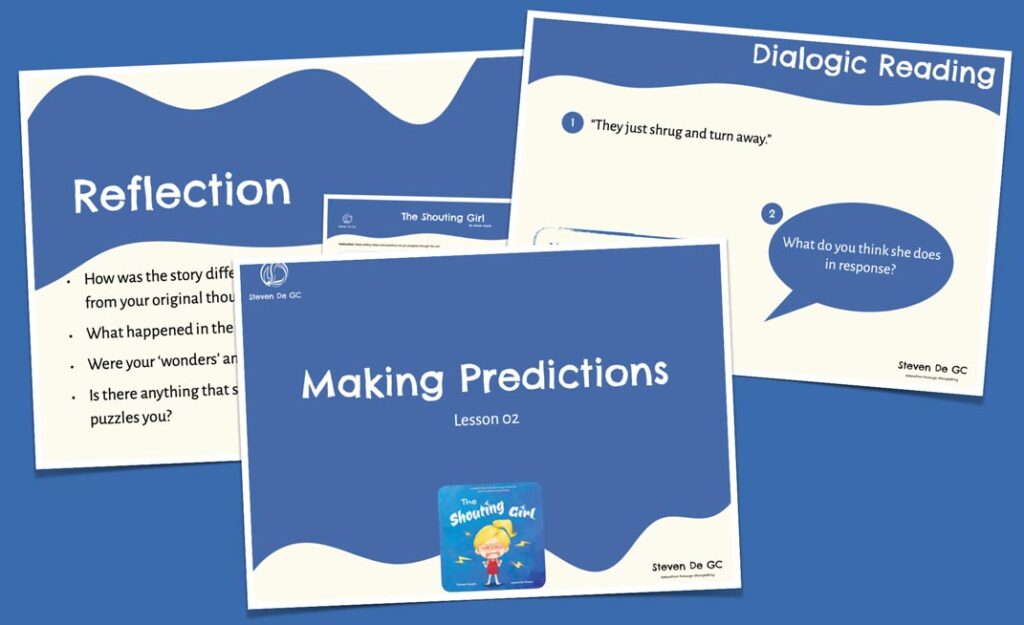
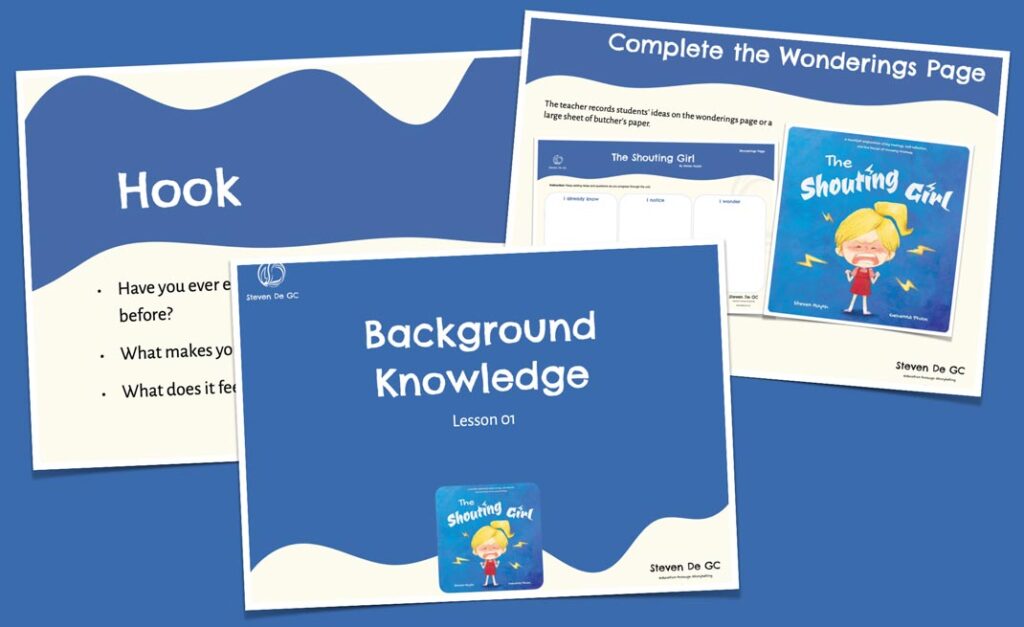
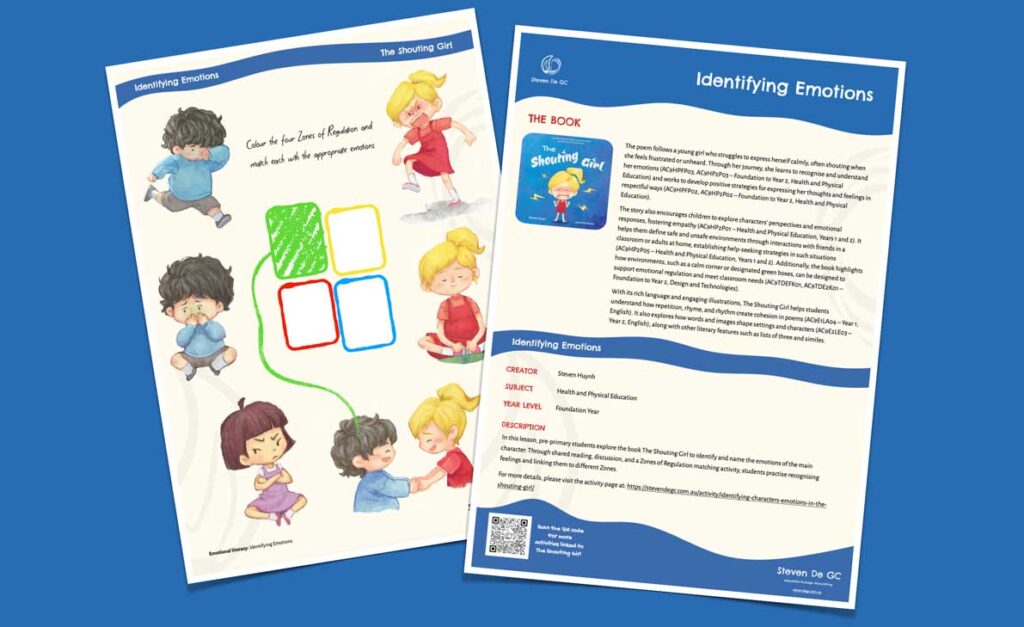
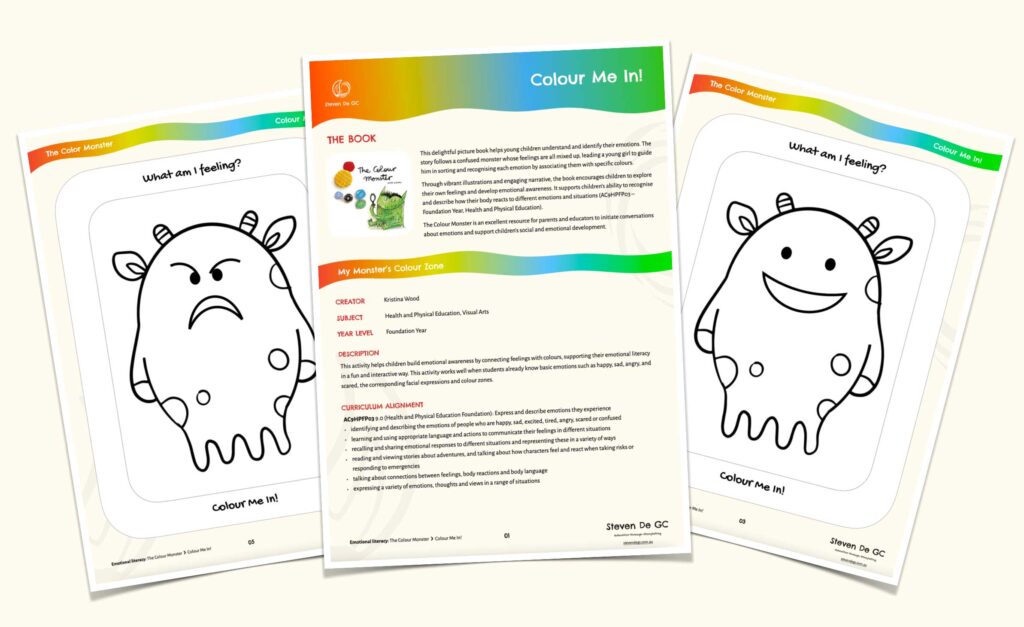
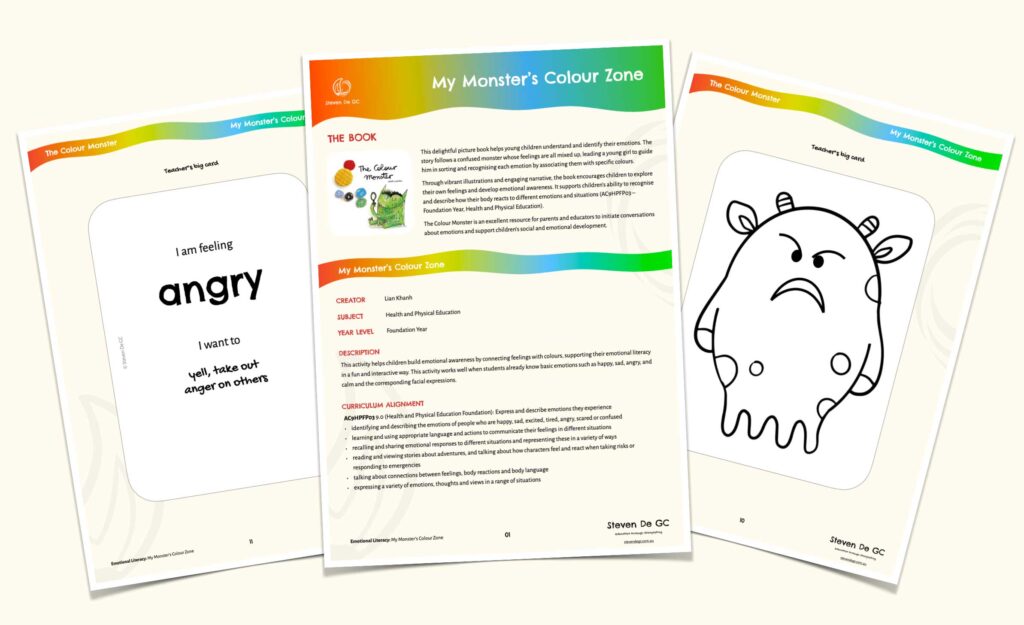
Leave a Reply